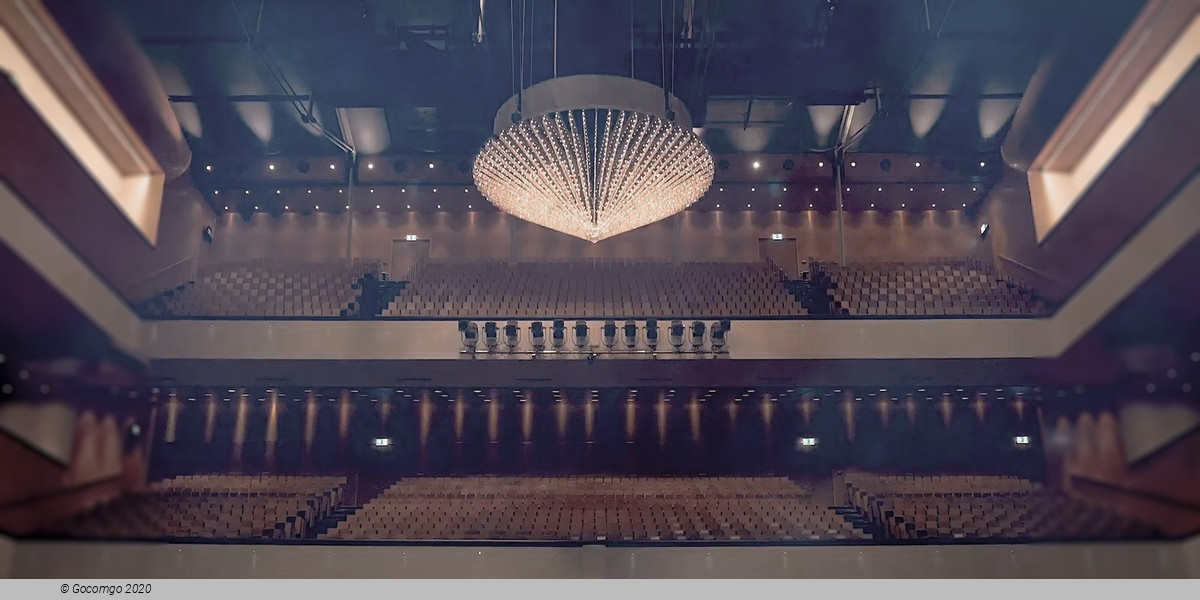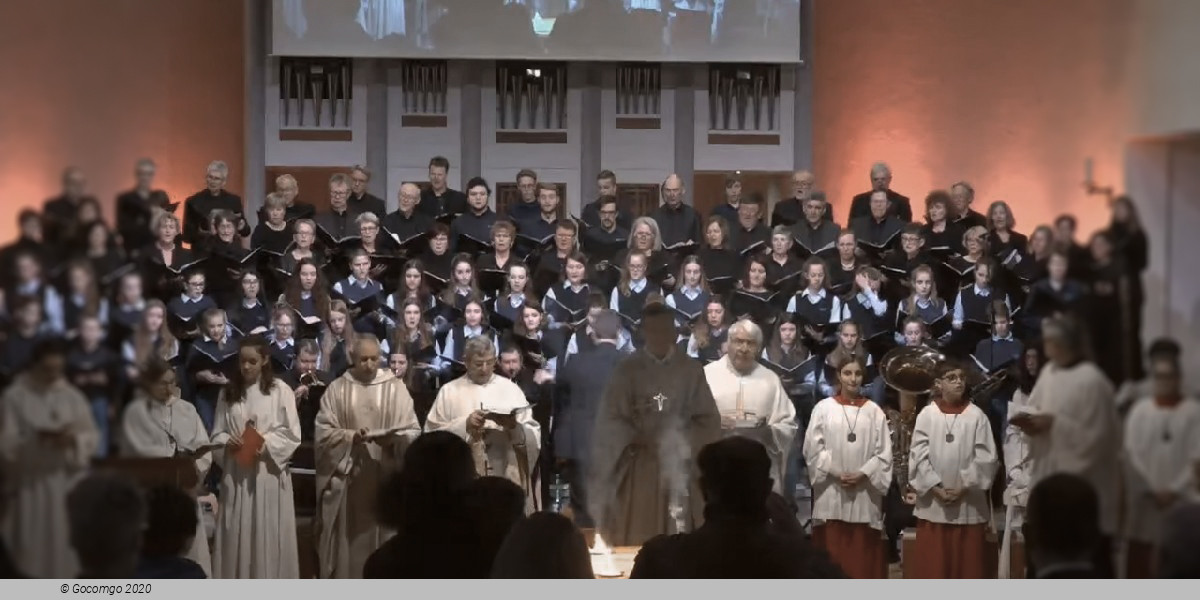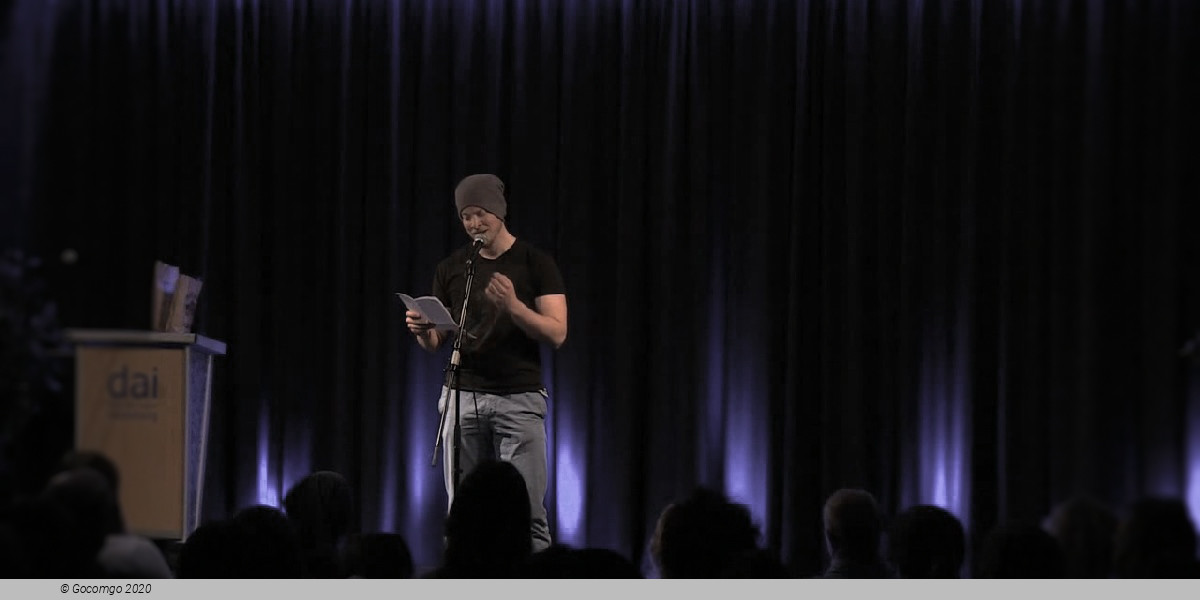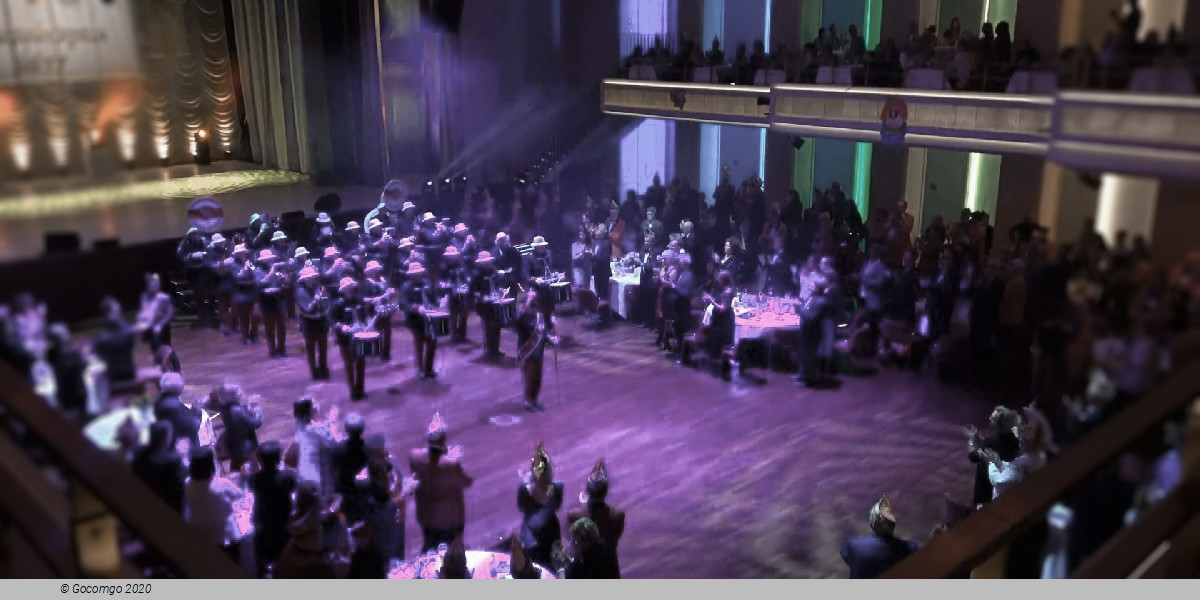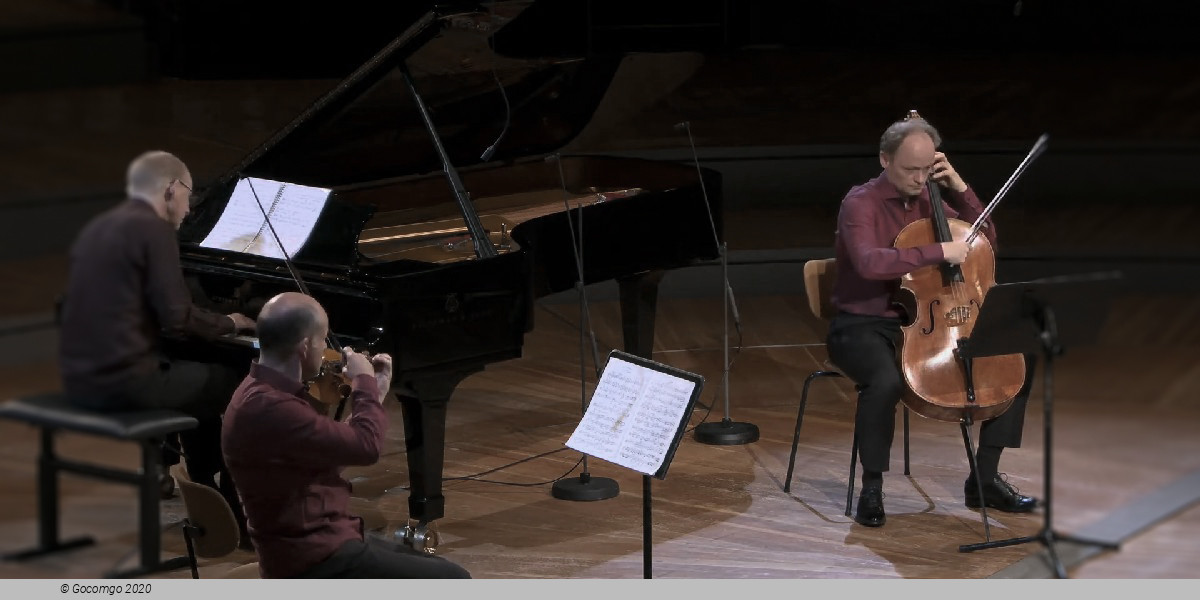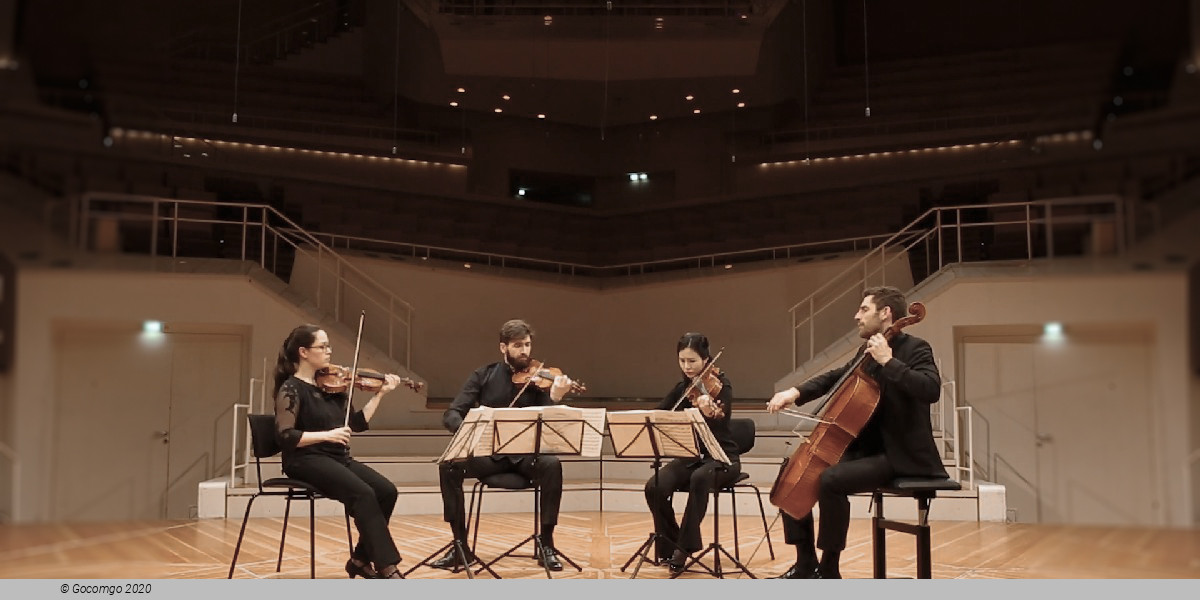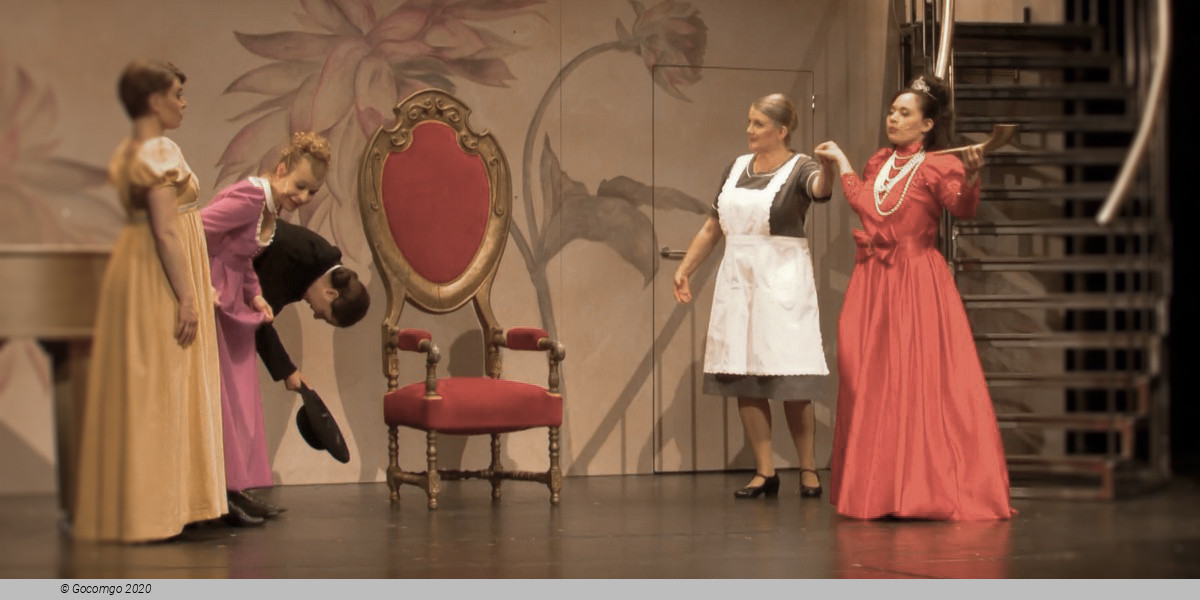Venues in Baden-Baden
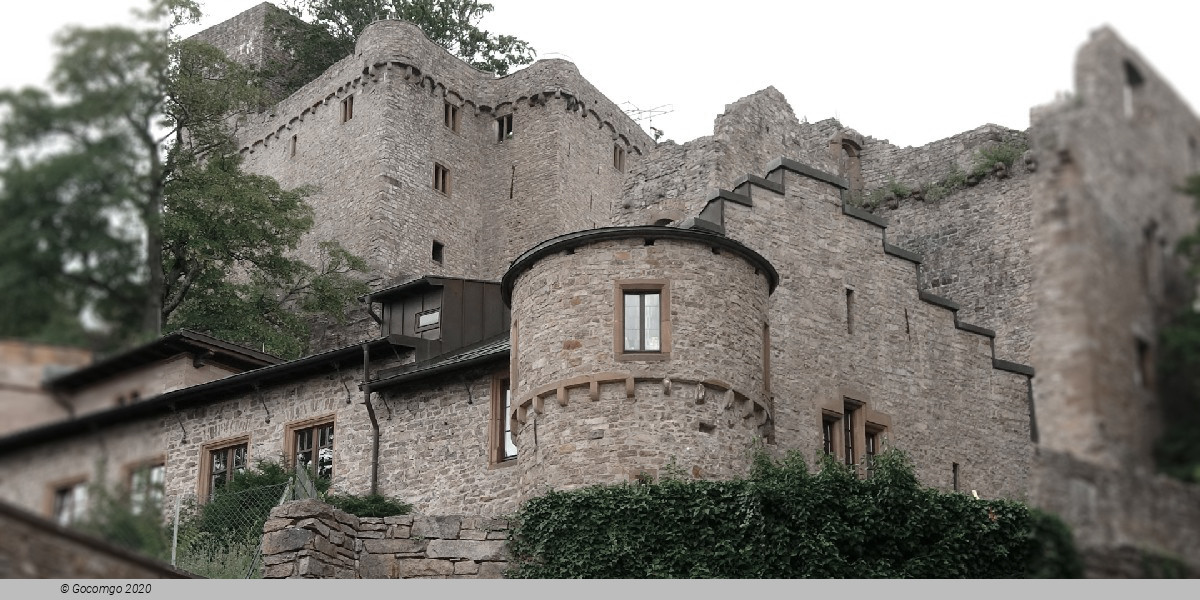
The Baden culture, c. 3600–2800 BC, is a Chalcolithic culture found in Central and Southeast Europe. It is known from Moravia (Czech Republic), Hungary, Poland, Slovakia, northern Serbia, western Romania and eastern Austria. Imports of Baden pottery have also been found in Germany and Switzerland (Arbon-Bleiche III), where it could be dated by dendrochronology.
History of research
The Baden culture was named after Baden near Vienna by the Austrian prehistorian Oswald Menghin. It is also known as the Ossarn group or Pecel culture. The first monographic treatment was produced by J. Banner in 1956. Other important scholars are E. Neustupny, Ida Bognar-Kutzian and Vera Nemejcova-Pavukova.
Baden has been interpreted as part of a much larger archaeological complex encompassing cultures at the mouth of the Danube (Ezero-Cernavoda III) and the Troad. In 1963, Nándor Kalicz had proposed a connection between the Baden culture and Troy, based on the anthropomorphic urns from Ózd-Centre (Hungary). This interpretation cannot be maintained in the face of radiocarbon dates. The author himself (2004) has called this interpretation a "cul-de-sac", based on a misguided historical methodology.
Chronology
Baden developed out of the late Lengyel culture in the western Carpathian Basin. Němejcová-Pavuková proposes a polygenetic origin, including southeastern elements transmitted by the Ezero culture of the early Bronze Age (Ezero, layers XIII-VII) and Cernavoda III/Coțofeni. Ecsedy parallelises Baden with Early Helladic II in Thessaly, Parzinger with Sitagroi IV. Baden was approximately contemporaneous with the late Funnelbeaker culture, the Globular Amphora culture and the early Corded Ware culture. The following phases are known: Balaton-Lasinya, Baden-Boleráz, Post-Boleráz (divided into early, Fonyod/Tekovský Hrádok and late, Červený Hrádok/Szeghalom-Dioér by Vera Němejcová-Pavuková) and classical Baden.


